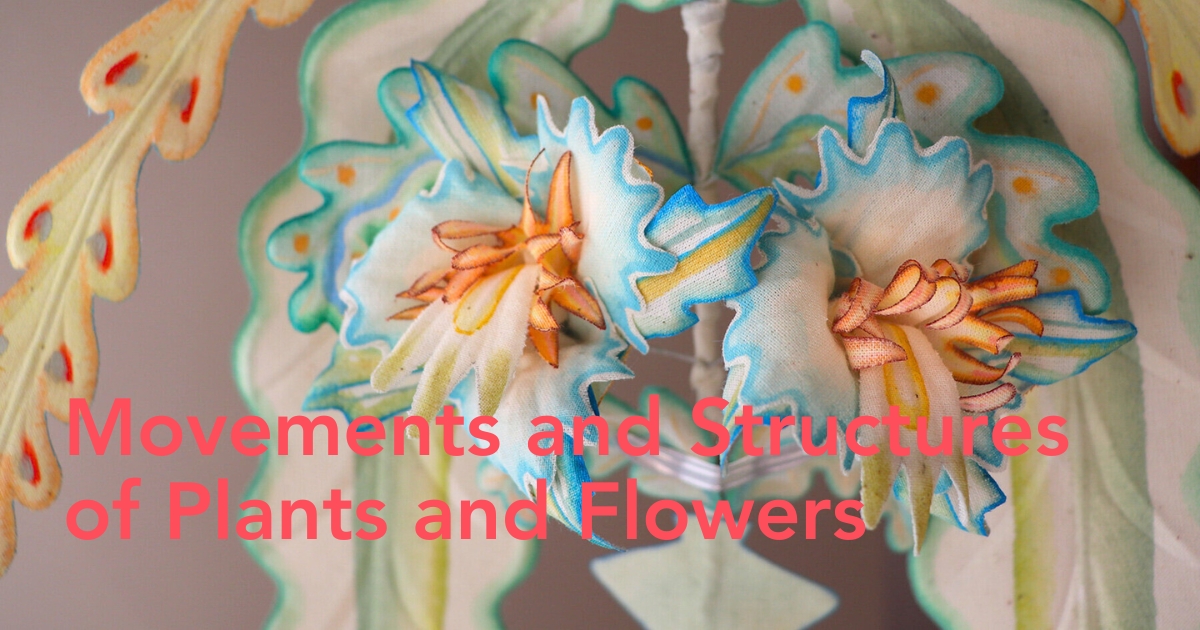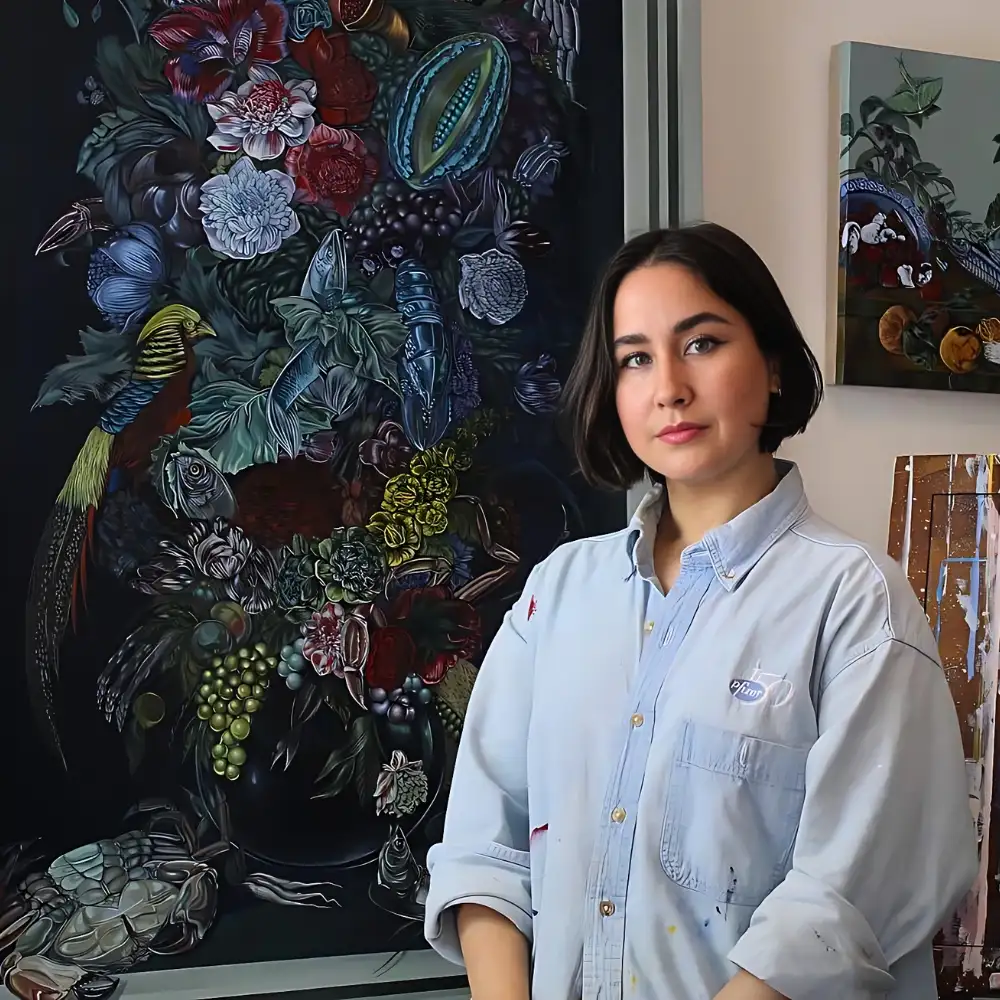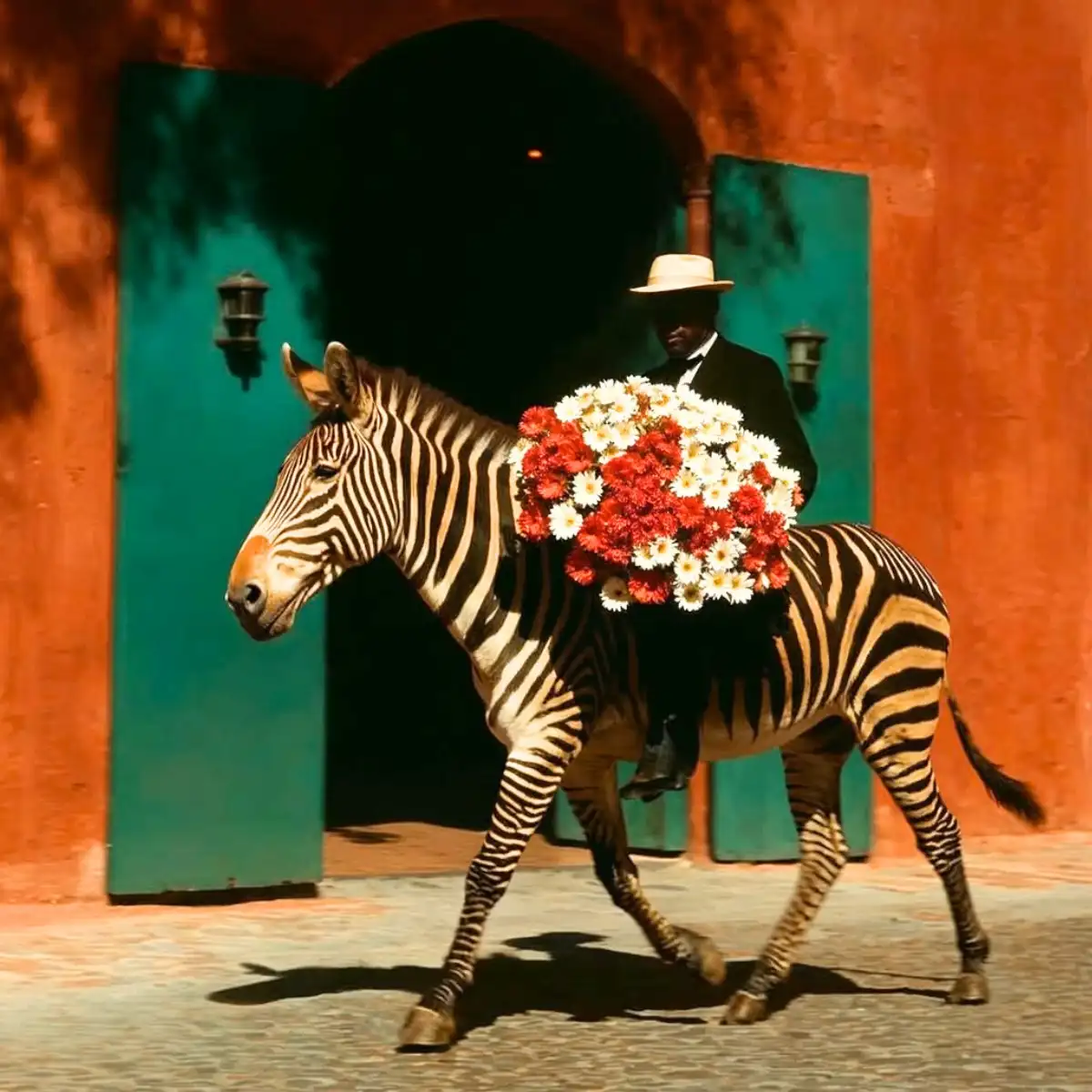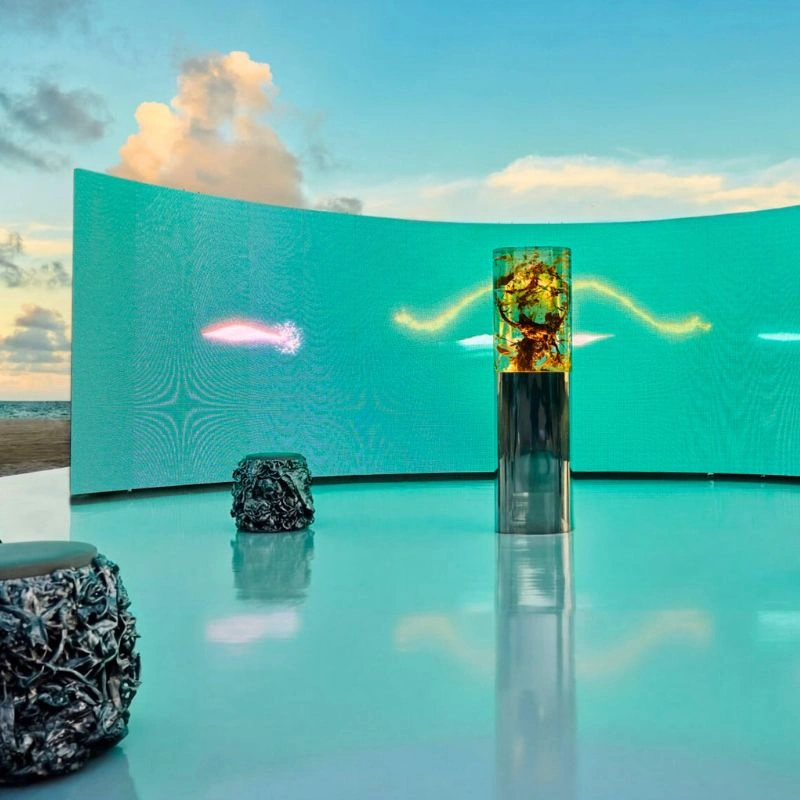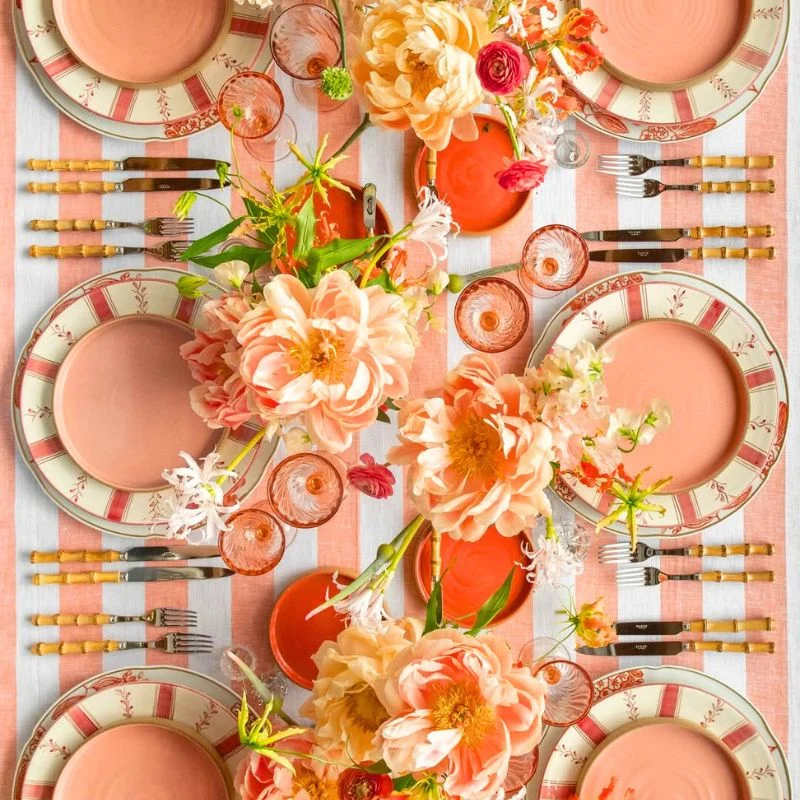Mona Sugata's sculptures are comprised of cotton fabric, thread, glue, and color, which contain traces of fragility, heat, and breath. Her creations, which are shaped into floral forms and imbued with an unearthly character, feel bizarre and alive. Sugata's most recent exhibition, 'What Resonates Through Us — Echoes in Overtones', will be on view at Galerie Ovo in Taipei from August 22nd to September 6th, 2025, and will feature a series of installations that continue her ongoing exploration of living systems, unseen presences, and the conditions that allow life to emerge.
Mona Sugata’s Floral Sculptures Exist in the Peaceful Flows of Life
The artist's installations are placed with space, light, air, and a soft presence so that the viewer may encounter a sense of life and the quiet sensations within. The works do not represent plants in a literal way, but they reflect Sugata’s attention to the movements and structures of plants growing in her own garden, particularly the forms of stems and the gestures of growth that seem to carry vitality. Her observations are translated into symbolic organisms, gradually taking on a bodily quality and sometimes resembling intelligent life.
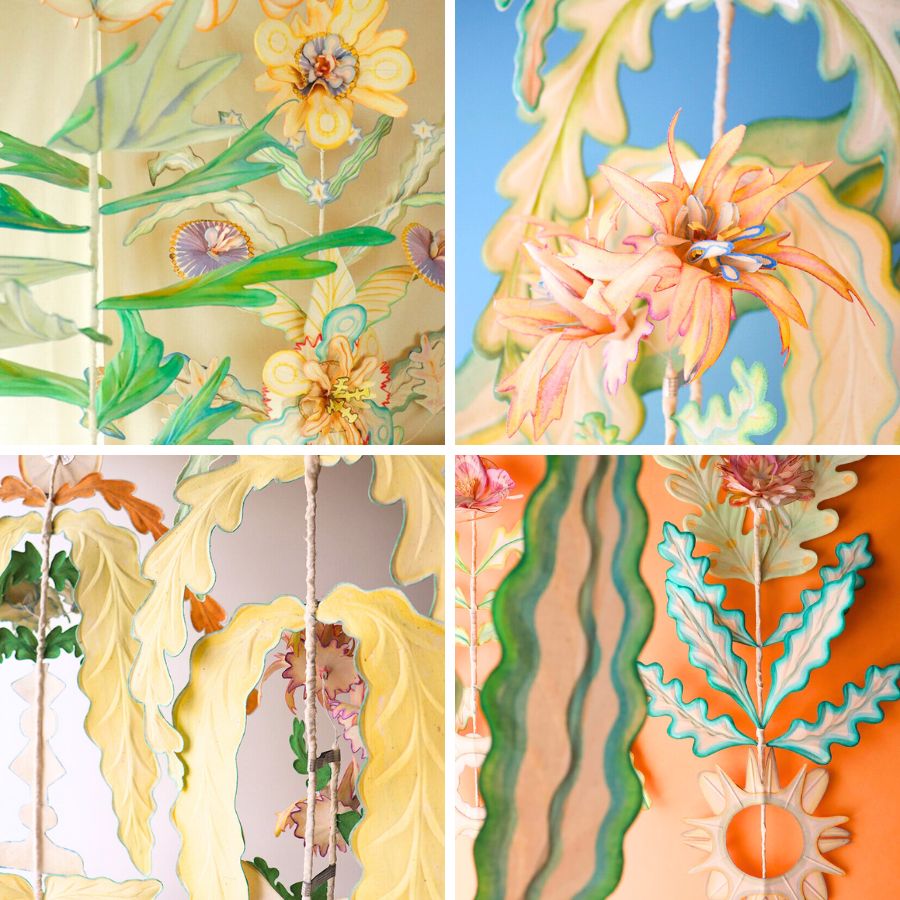
Forms Based on Sacred Cycles
Japanese artist Mona uses untreated cotton, glue, and diluted paints to allow the cloth to soak and bleed color. Once dried, the pieces are molded and detailed with a heated iron tool to create fine vein-like lines on the surface. This is the point when life begins to occupy the piece. Sugata avoids coating or overworking the surface in order to preserve the materials' softness and natural fluctuations in tone, resulting in a surface that feels more like something in the process of being than a finished product.
'Tree of Life'
Some of her most recent works are based on the Japanese 'jichinsai rite', which involves making sacrifices to the local land deity before construction begins. The artist envisions these sculptures as vertical structures that exist after the ceremony, connecting the land and its people. The ceramic base represents the land deity, while the plant shapes sprouting from it symbolize a cohabitation relationship between what is built and what is already there. It symbolizes the idea of sacred plants dwelling on the deity of the land in peaceful cohabitation.
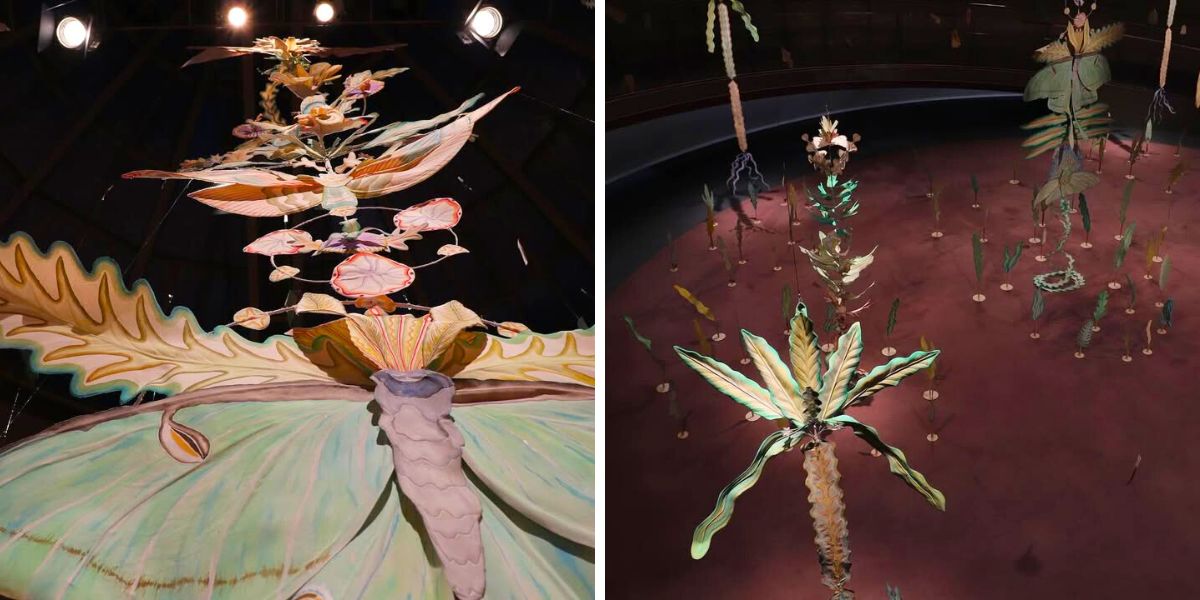
'Tree of Life — A Planet of Playing Organisms', placed in the atrium of Tokyo's Spiral art complex, portrays the artist's vision of the Earth as an active field molded by invisible organisms, germs, insects, and other non-human life. Even after death, life becomes part of other beings, continuing a continuous cycle of rebirth and rebirth, as said by Mona. The art depicts these cycles with layered organic forms that spiral outward in motion, resembling a visual system for life as play, disappearance, and return.
An Intuitive Dialogue With Nature
Sugata's technique is based on bodily sensibility rather than precise planning. She adapts the approach to the direction of each piece, working by feel. If she senses tightness or resistance in her body, she knows something isn't right. The final phase, utilizing the iron to create form, is done by hand and requires direct contact with fire, which frequently results in burns. Nonetheless, she regards these traces as integral to the work, serving as reminders of material resistance, timing, and repetition.
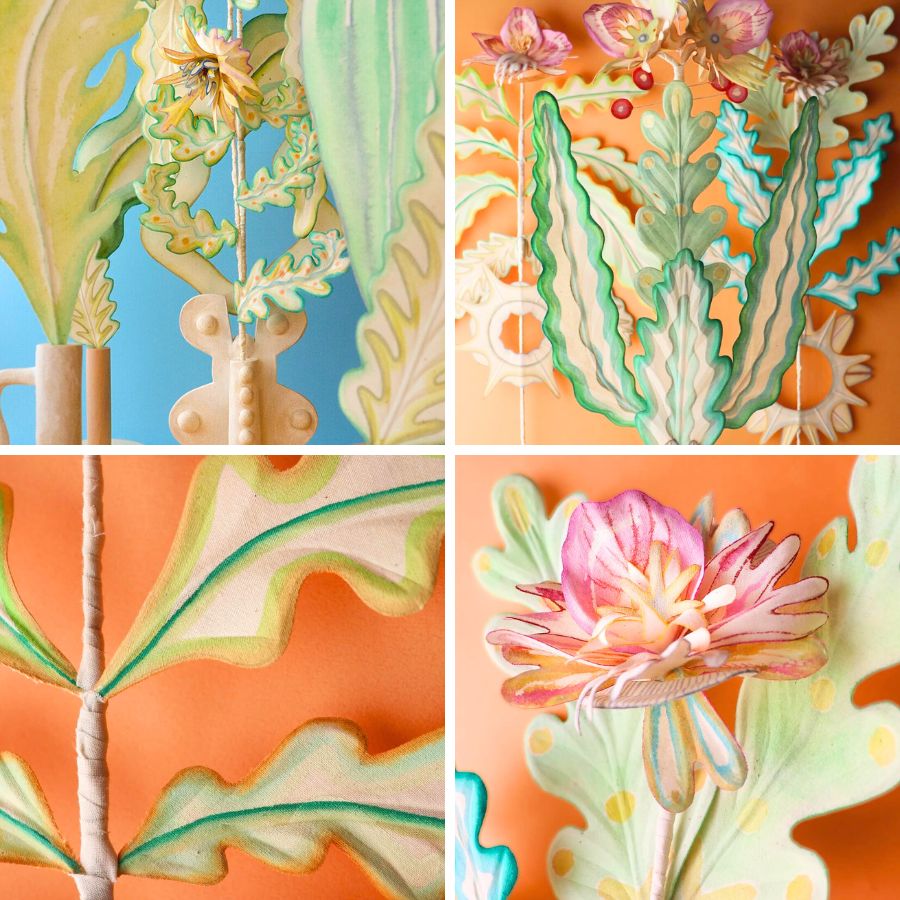
Mona Sugata, born in Tokyo in 1983, studied printmaking at Tama Art University. That background still informs her handling of surface and tone, but her installations move away from printed images into something more spatial and responsive. She says:
"In such stillness, one might sense a deeper connection with the world, with others. And in that resonance, I, too, receive something essential.’
Visit Mona's Instagram account to see more of her art.
Photos by Mona Sugata.

